Commentary
B.
Bulletin
New Zealand's leading
gallery magazine
Latest Issue
B.21701 Sep 2024
Contributors

Commentary

The Seas are Rising: So Are We
In Te Ao Māori the whakataukī “He toka tū moana” pays homage to the rock that withstands the sea as a metaphor for human strength in our cultural or political beliefs, whatever may come. But while the rock is steadfast, the octopus Te Wheke is a shape-shifter, canny and malleable.
Commentary

Wellcome to Māoriland
London’s Wellcome Collection was founded by Sir Henry Solomon Wellcome (1853–1936) in the year he died. An incredibly successful US-born, British pharmaceutical entrepreneur, Wellcome had a penchant for collecting medical and health-related artefacts, which formed the basis of the Collection. He didn’t restrict himself to the more obvious examples of early medical technology, however, but also collected in the area of folk remedies and indigenous cultural objects, which were largely acquired through London auction houses. Browsing the Wellcome Collection’s online catalogue, Aotearoa New Zealand photographer Fiona Pardington (Kāi Tahu, Kāti Mamoe, Ngāti Kahungunu, Clan Cameron) encountered what at first glance looked to be a number of heitiki; however, on closer inspection they did not seem quite right.
Commentary
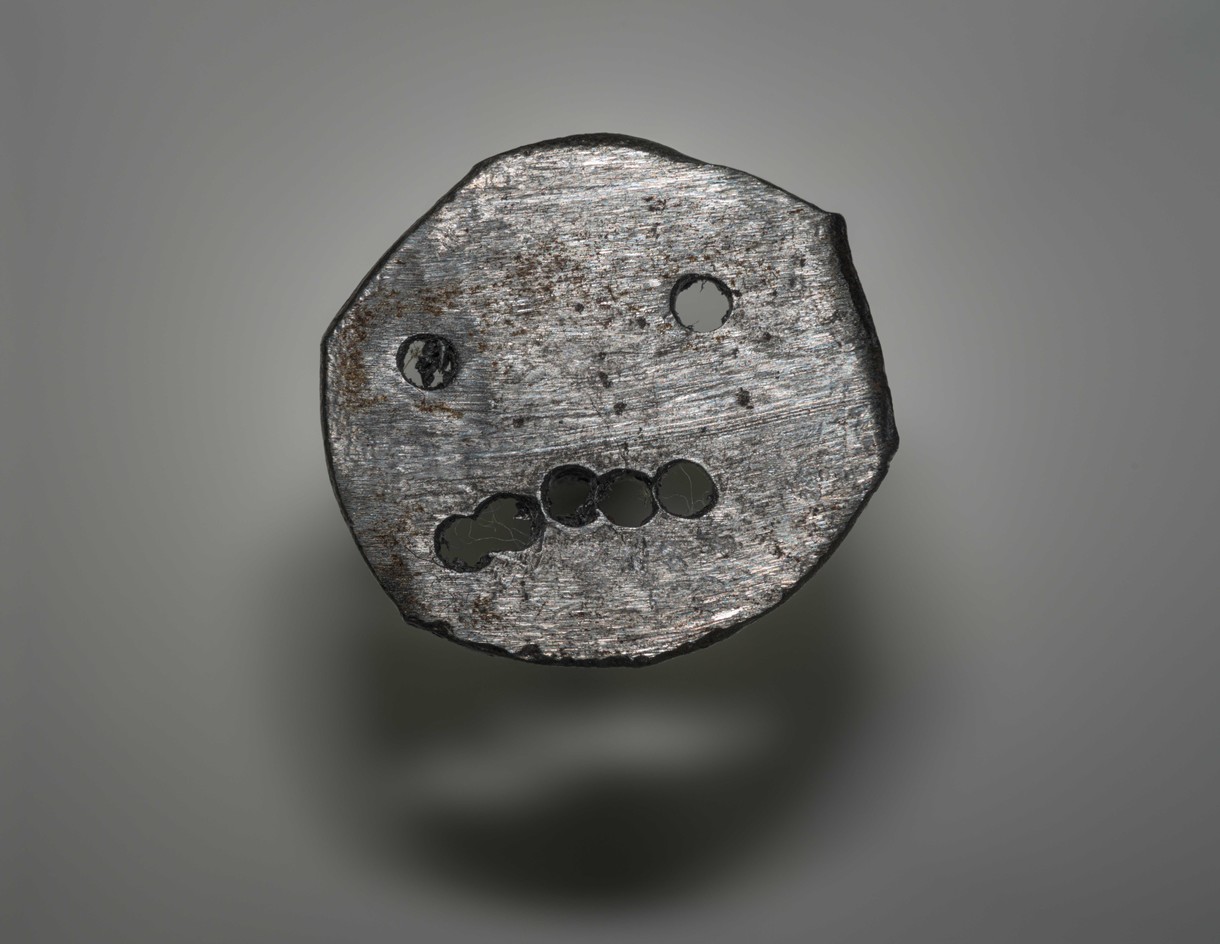
RE: UNCOMFORTABLE SILENCE
In a recent essay Zadie Smith wrote of language as a “verbal container” – like all containers it allows the emergence of some ideas while limiting the possibility of others. The words and terms we choose, or those which are offered to us, “behave as containers for our ideas, necessarily shaping and determining the form of what it is we think, or think we think.” She is discussing writing fiction, defending the right to, and value of, drifting into other imagined bodies and taking a good look around, regardless of their likeness to our own biographical specifics. It is an uncomfortable position to hold in a cultural climate where, Smith argues, “the old – and never especially helpful – adage write what you know has morphed into something more like a threat: Stay in your lane.”
Commentary
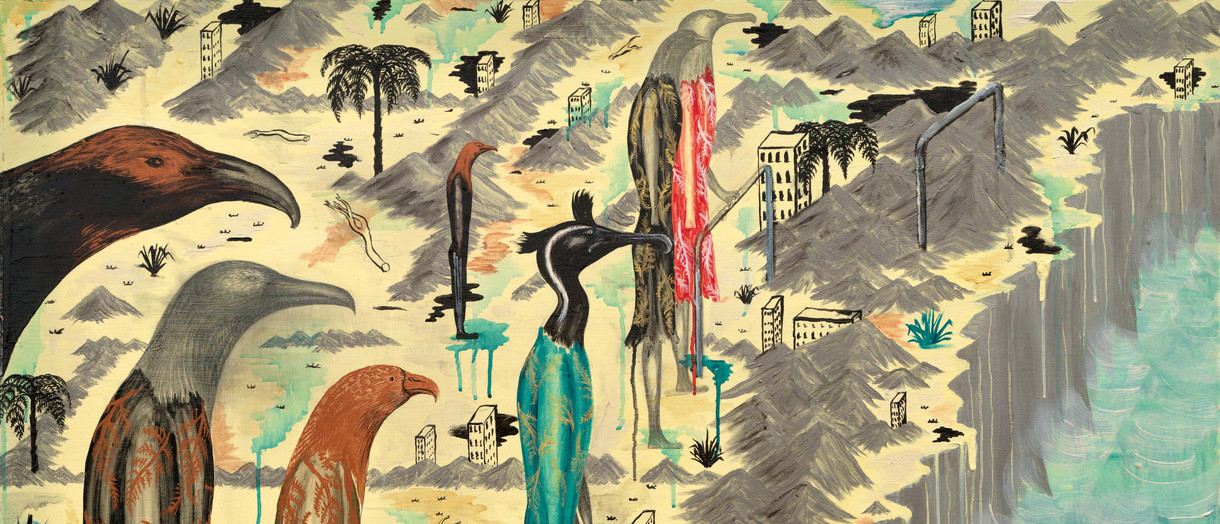
Caveat Collectors
Extinction has claimed nearly fifty per cent of Aotearoa New Zealand’s bird species over the past 650 years. The persistent myth has it that European settlement in the nineteenth century swept away a pristine past. And most obviously, because we know their names and can catalogue (literally) their infamy, that story includes the professional bird collectors as the cause of those extinctions.
Commentary
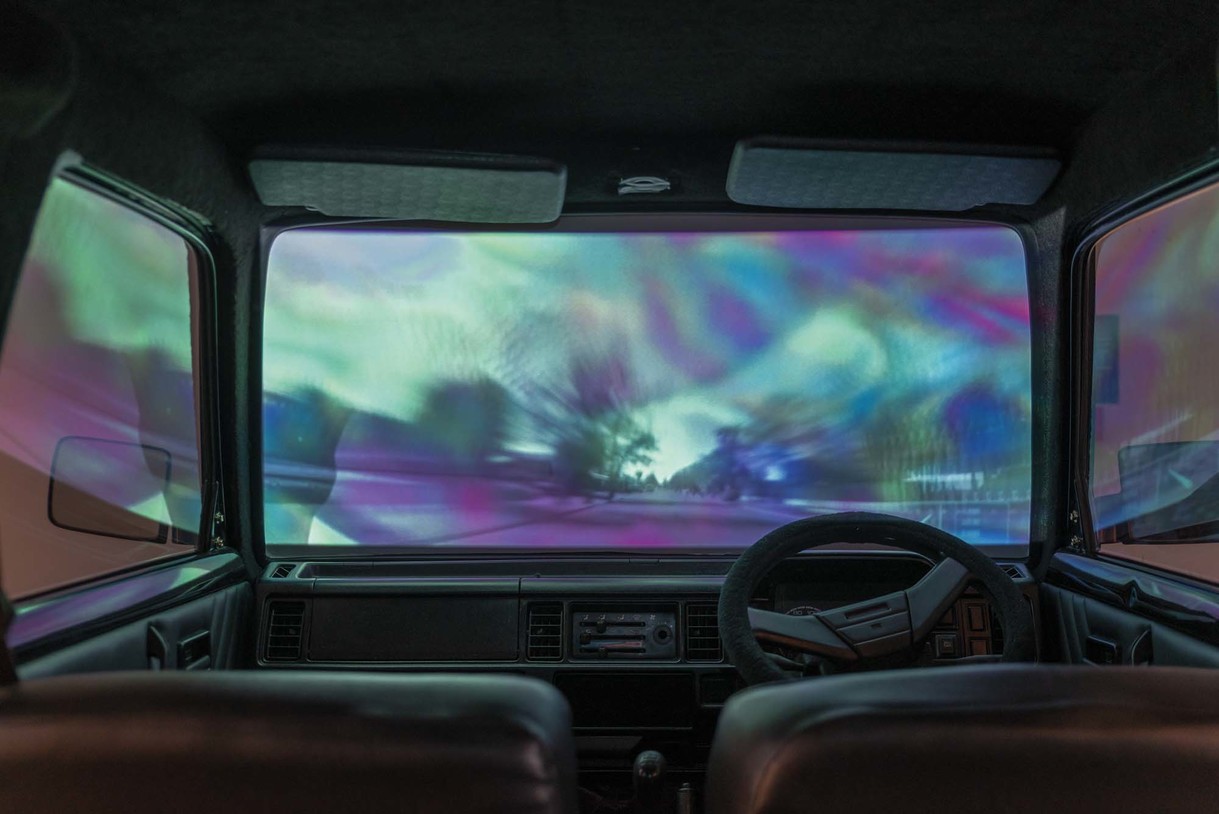
Te Āhua o te Hau ki te Papaioea
The ‘Operation 8’ anti-terror raids in October of 2007 were the culmination of a police investigation that led to the raiding of homes across New Zealand. The raids were conducted after an extended period of surveillance, which was enabled through use of the 2002 Terrorism Suppression Act. In 2013 the Independent Police Conduct Authority found that police had “unnecessarily frightened and intimidated” people during the raids.
Commentary
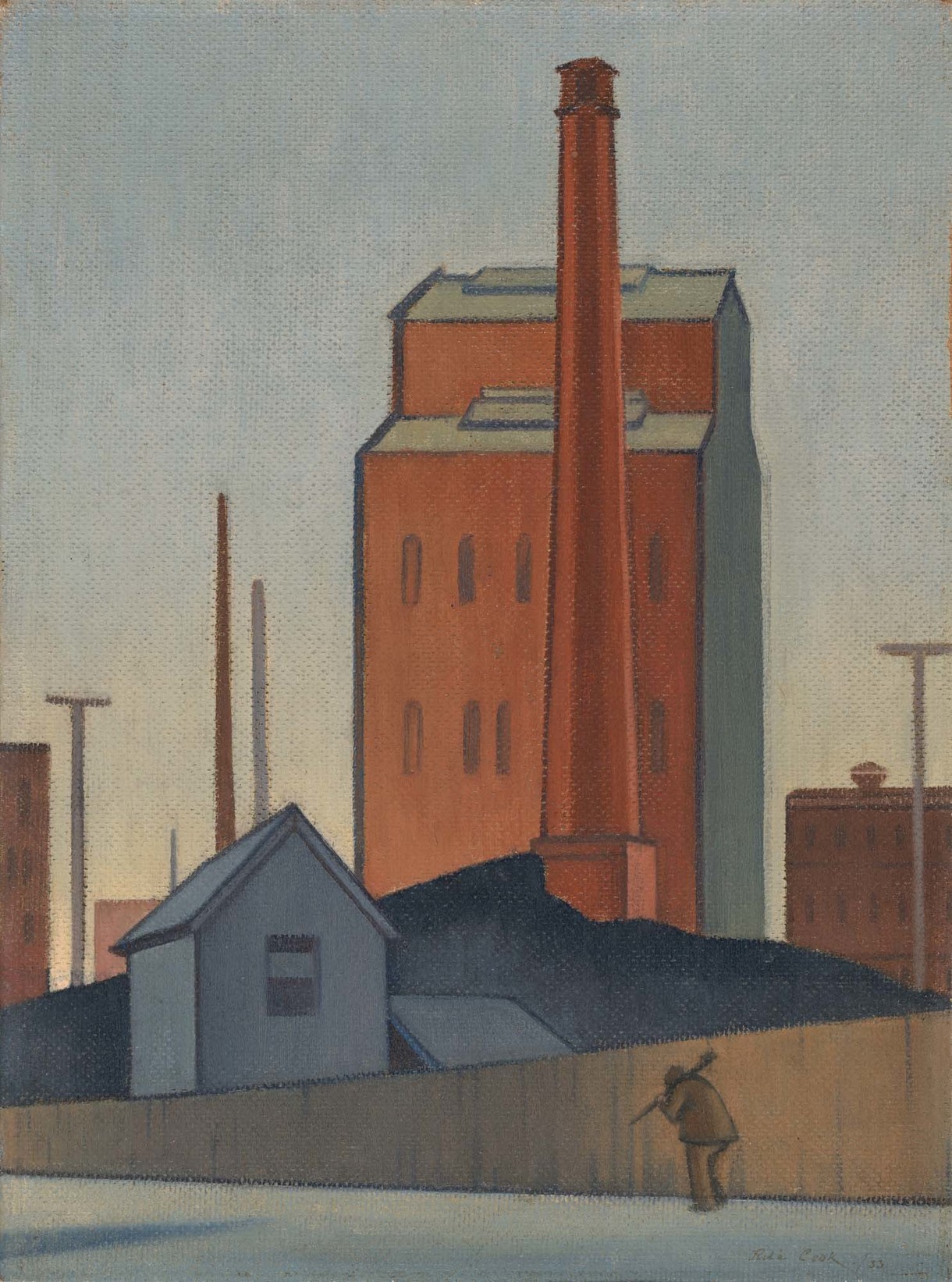
As Stark and Grey as Stalin's Uniform
Heading along to the stunning Rita Angus: Life & Vision survey exhibition at the Gallery in 2009 I always had this nagging feeling that one work was missing from the walls – Angus’s Gasworks from 1933. This painting was one that I knew only through the black and white image that appeared first in a volume of Art in New Zealand in 1933; the same reproduction that was later used in Jill Trevelyan’s excellent biography of Angus and also in the catalogue for the National Art Gallery’s 1982 retrospective, Rita Angus. For the New Zealand art historian, Gasworks was a kind of legend – painted by one of the country’s best artists yet seen in person by only a very few. In 1975, when Gordon H. Brown curated New Zealand Painting 1920–1940: Adaption and Nationalism, Gasworks was listed as ‘location unknown’ in the accompanying catalogue. Amazingly the painting was also not included in the retrospective exhibition of 1982. We had grown to know this painting purely through a grainy black and white illustration from 1933. But the painting was never lost – Gasworks is a painting that has been cherished, protected and loved by the same Christchurch family since the early 1940s. And now, having been placed on loan to Christchurch Art Gallery Te Puna o Waiwhetū, it is available for the public to view for the first time since 1933, when it was shown at the Canterbury Society of Arts.
Commentary

The World Tossed Continuously in a Riot of Colour, Form, Sound
One hundred and twenty five years ago, after years of political struggle, Aotearoa New Zealand granted all adults the right to vote by extending suffrage to women. To mark this anniversary, for this issue of Bulletin our curators have written about some of the Gallery’s significant – yet lesser-known – nineteenth and mid-twentieth-century works by women. Our intention is to make these paintings, and the cultural contribution of the artists, more visible in 2018.
Commentary

Representing Women: Ann Shelton’s Dark Matter
What is ‘dark matter’? For theoretical physicists it is matter that cannot be directly observed but whose existence is nevertheless scientifically calculable – productively present yet simultaneously invisible. In a similar vein, the everyday phrase ‘dark matter’ describes objects, conditions and situations that harbour unease or trauma. Trauma that is often concealed, repressed, or buried. Both definitions are active in Ann Shelton’s mid-career review exhibition Dark Matter, and they provide a rich point of entry into this compelling collection of her photographic work. These are photographs that bristle with intensity and refuse to let their subjects die a quiet archival death.
Commentary
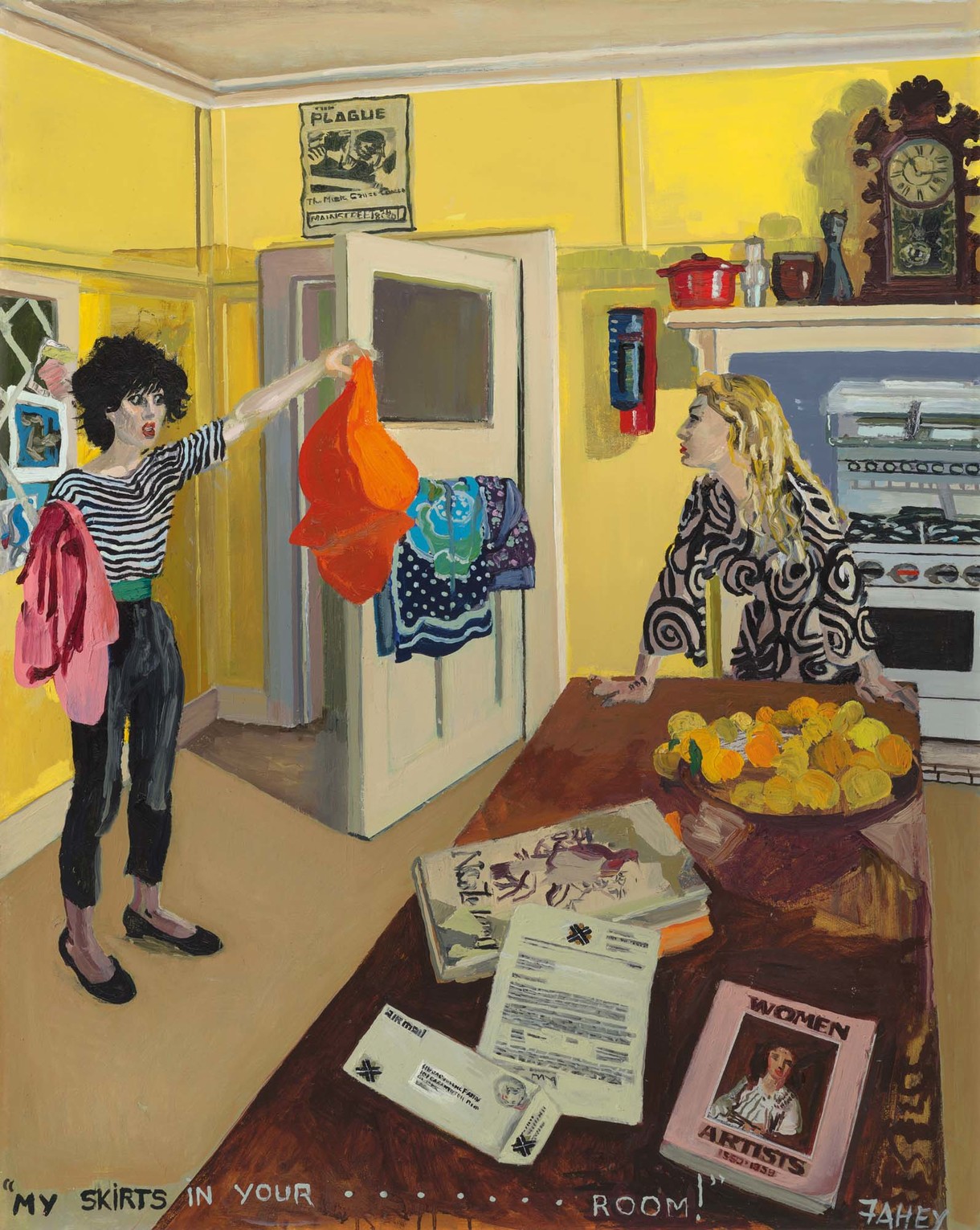
An Undeniable Promise
There is such a burden of expectation placed on Anne’s painting, and on the exhibition… itself. I feel, like many women painters that she is being asked to prove an undeniable promise. This is unfair.
Commentary
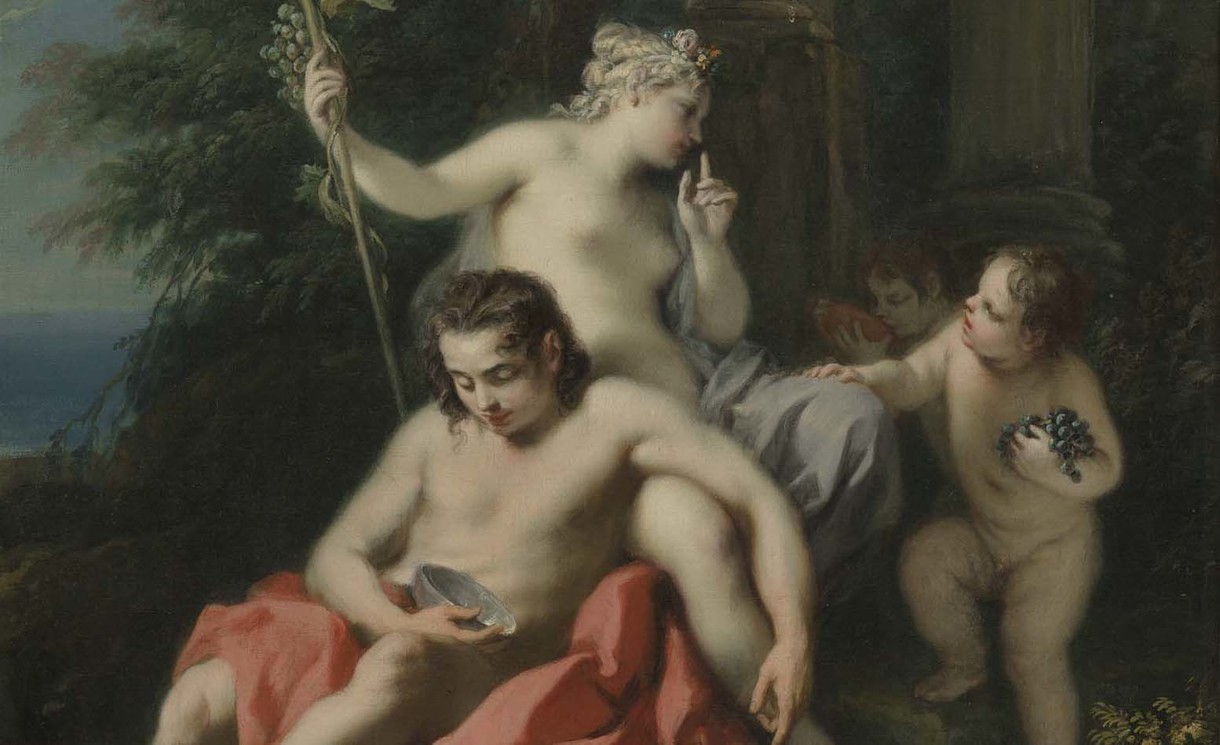
See Italy and Die
‘A man who has not been to Italy is always conscious of an inferiority, from his not having seen what it is expected a man should see.’
Samuel Johnson, 1776
As every traveller knows, there is something obsessive about setting out on a journey: the preparatory work of consulting guides, the organisation of itineraries, the accommodation pre-booked, bags packed with essentials, provisions for the journey assembled. This essay explores the metaphor of a journey, with the particular Italian twist that informs the work of the artists gathered together in the exhibition The Weight of Sunlight.






